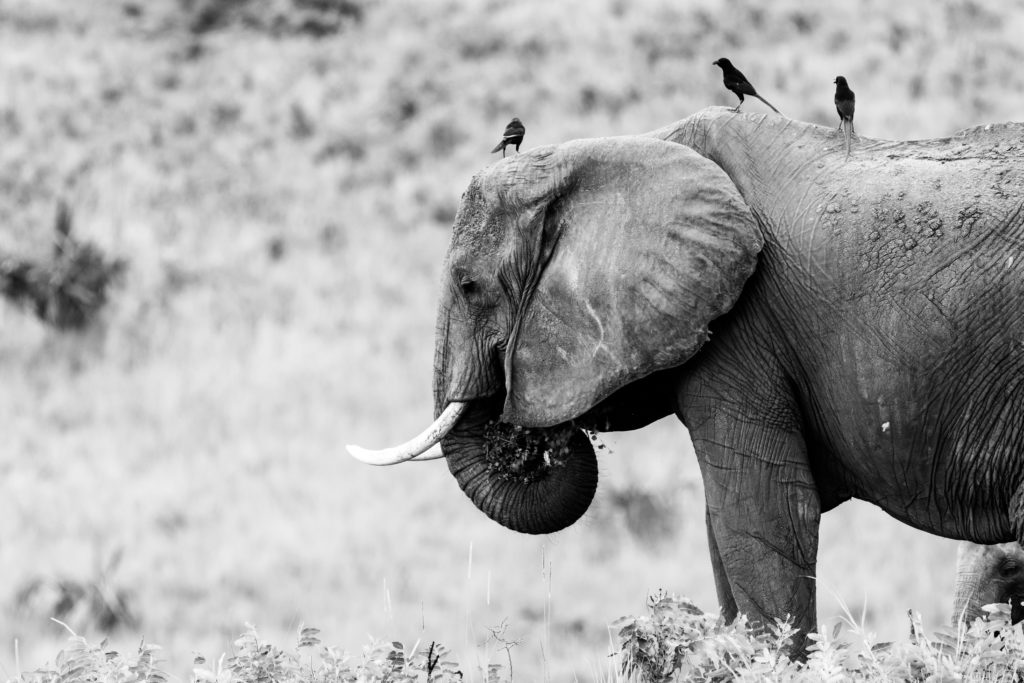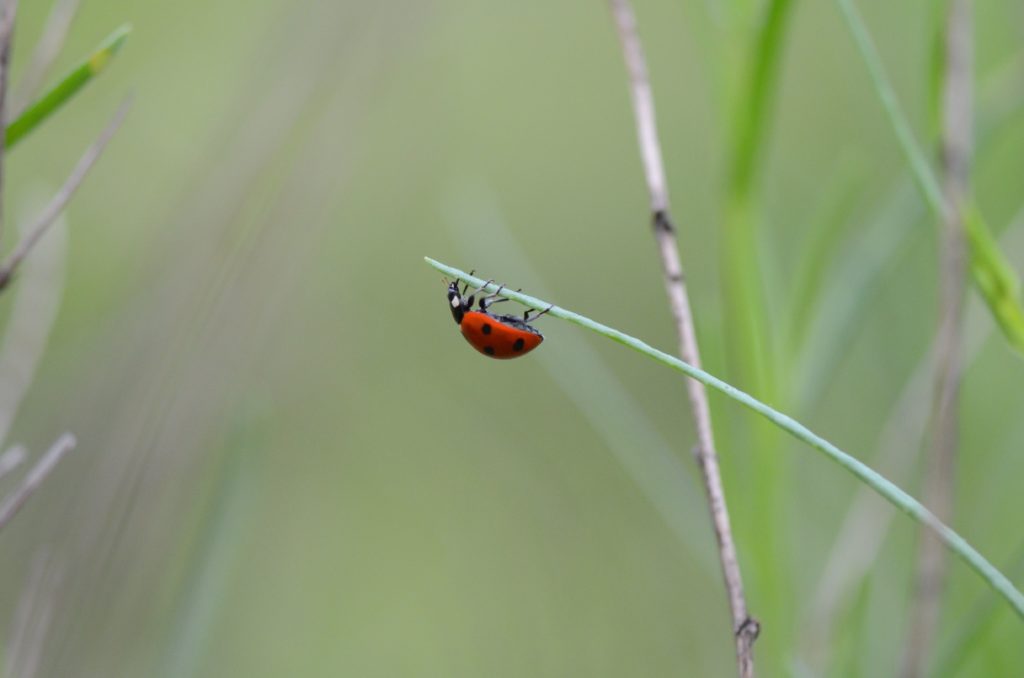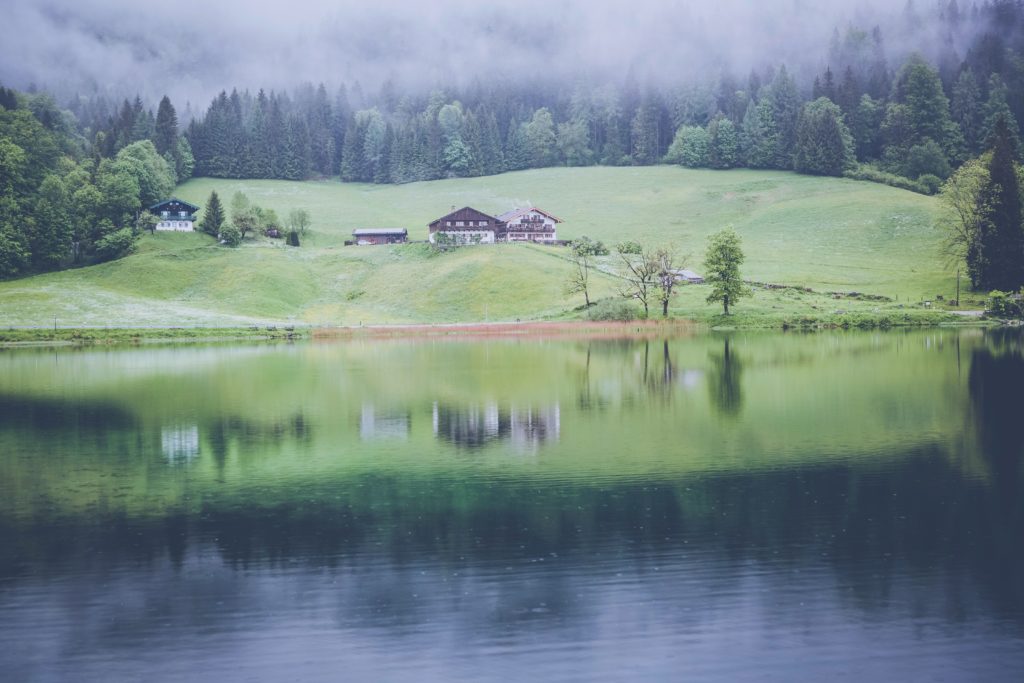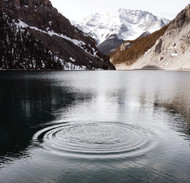Jun 14th 2019
Cameras have the power to immortalize the most important moments in history, but few things in this world can match the beauty of nature photography. From preserving the exact moment of a lightning strike to capturing a meadow in full bloom, these images can bring the peace and tranquility of Mother Earth to those who may otherwise miss out.
Of course, photographing this artistry requires a different skillset than that used to snap images of people, events and other subjects. By using these nature photography tips, though, you’ll be well on your way to capturing the most grandiose pictures in our world.
1. Bring Along the Wide-Angle Lens
If you’re hoping to get noticed on Nature Photography Day, you’ll need to pack a wide-angle lens before heading out to the countryside. Many images look amazing by having a centralized focus, and although pictures of the environment also have a main subject, the idea is to showcase a sense of wide-open space.
Additionally, these lenses offer a greater depth of field. And if this wasn’t enough, you’re also able to use faster shutter speeds since wide-angle lenses permit more light to enter. Some of these nature photography tips may situation-specific, but there’s rarely a case when wider angle lenses aren’t ideal.

2. Opt for Longer Focal Lengths
Short focal lengths provide a wider angle of view, but nature photography is basically a balancing act. If you’re capturing images of animals in the wild, for instance, a longer focal length will be necessary for improved magnification. While we’d all love to snap that photo of a hippopotamus up close, it’s important to remember that nature photography sometimes carries inherent risks that require distance for safety.
3. Understand Your Subject
When it comes to nature photography it’s essential that you really knowyour subject. The fact is that we capture greater images when we understand our subjects. If you recognize a lioness’s behavior prior to a charge, for instance, you will be better prepared to snap the perfect photo. And if you’ve learned that a basking shark is essentially harmless to humans, you might just end up getting an up-close shot of the scary-looking pacifist.
4. Utilize RAW Format
Many budding photogs – especially those who stick to human-focused images – don’t use RAW format in their daily quest for capturing beauty. This is because it can take up a significant amount of memory card space. When it comes to nature photography, however, RAW format is typically your best friend.
Compared to JPEG formatting, cameras that capture RAW images produce unprocessed final products. This means you’ll have a massive amount of pixel information to work with when you’re later editing photographs. Rarely does an image capture nature as perfect as it really appears. So, rest assured that there’s no shame in post-snap edits.

5. Remember the Rule of Thirds
The Rule of Thirds requires you to envision an image composed of nine equal parts by dividing your view with two equidistant vertical and horizontal lines. The rule states that important aspects of your photo should be placed along these lines or where they intersect with each other.
It’s important to use your best judgment – or just take several photographs with different compositions – when capturing these images. There will no doubt be instances when a focal point is best in the center. However, the Rule of Thirds forces the viewer’s eyes to wander the frame.
By doing this, those who see your images will take in far more of the natural environment. Additionally, placing subjects along these lines creates more energy and tension.
6. Define Your Subject
The subject in nature photography is often apparent. If you’re snapping wildlife, it’s obviously the animal. When it comes to landscape photography, however, defining your subject can be more difficult.
When looking through your viewfinder, what stands out? A river, meadow, rock, or even clouds may seem commonplace, but the right photographer can make them appear extraordinary. Never just snap a photo haphazardly because it “looks pretty.” Choose a subject and capture the scene accordingly.
7. Use Natural Light to Your Advantage
Nature photography sometimes requires the trusty flash function on your camera. If at all possible, though, you should try to utilize natural light. When capturing images just after sunrise or just before sunset, natural lighting will provide a soft and hazy quality that allows for even illumination and the avoidance of harsh shadows.
This is known as the golden hour for a great reason. Don’t be afraid to snap images during what’s known as the blue hour (right before sunrise or after sunset). The evenly diffused sunlight can make for some great photographs.

8. Use Water for Mirror Effects
Mountain views reflected in crystal lakes are some of the most stunning examples of nature photography out there. Regardless of the subject of your image, capturing a reflection in the water can only add to its majesty. If this is your goal, the golden hour is the right time to snap the photo.
You should recognize, though, that getting the perfect mirror image requires a few steps. Utilizing a tripod is the best method, and using TV or Shutter Priority mode is ideal. It’s also good practice to allow your camera to choose the aperture while using a slow shutter speed to produce the crispest reflection.

9. Don’t Stop at Instagram
Instagram and other online sharing tools can be used to create a beautiful montage of your natural images. As you may have learned from looking through nature photography books sold at book stores, though, turning the pages of a physical volume produces a feeling of awe as each new image jumps out from the page.
Even if you don’t plan on selling physical editions of your nature photography work. In fact, creating a photobook for yourself has numerous advantages. It’s an easy way to show off your skills to friends and family, and the collection can serve as the perfect portfolio for potential clients. A professional grade photobook can be worth its weight in gold.
Nature Photography: All About the Details
Whether you’re just starting out or you were published in the last issue of Nature, there’s always room for improvement when it comes to nature photography. The nuances of catching native habitats in all their beauty may seem menial. However, even the slightest changes can take your photog game to the next level. By utilizing these tips, you can properly immortalize a moment in an ever-changing environment.




